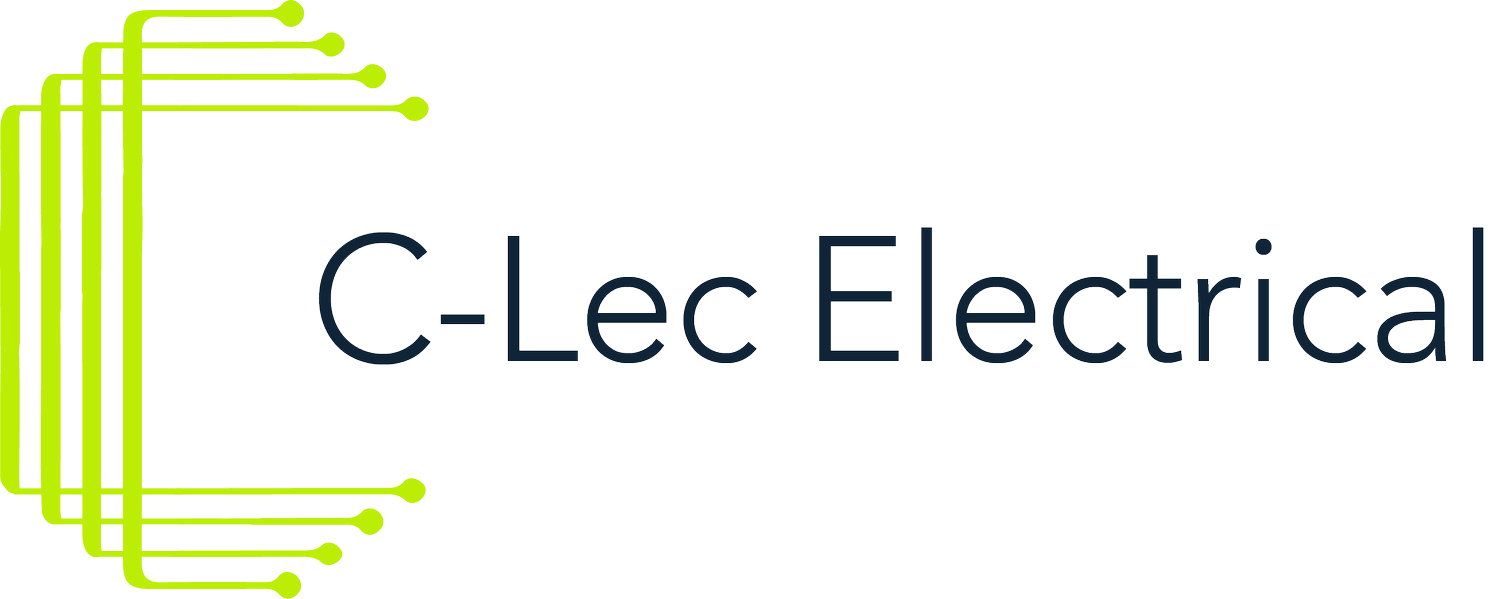EICR Certificate Bedford Landlords
Discover why Bedford landlords need an up-to-date EICR certificate to stay compliant, protect tenants, and avoid fines.
Electrical safety has always been at the heart of property management, but for Bedford landlords, the importance of having an up-to-date Electrical Installation Condition Report, better known as an EICR, has never been greater. Regulations now make electrical safety checks a legal requirement, and failure to keep on top of them can lead to fines, difficulties with insurance, and even putting tenants at risk. Understanding what an EICR involves, why it matters, and how to stay compliant is essential for anyone renting out homes in Bedford.
What is an EICR Certificate?
An EICR is a detailed inspection carried out by a qualified electrician to assess the safety and condition of a property’s electrical installation. It covers everything from the consumer unit and wiring to sockets, switches, and fixed appliances. The aim is to identify faults, potential hazards, and areas where the system does not meet the latest safety standards. Once the assessment is complete, the landlord is given a certificate outlining the results. Issues are flagged with codes, ranging from immediate danger requiring urgent repair to advisory notes for future attention.
Why EICRs are a Legal Requirement for Bedford Landlords
Since July 2020, landlords in Bedford, along with the rest of England, have been legally required to provide tenants with an up-to-date EICR. This applies to new tenancies as well as renewals. From April 2021, the rule extended to all existing tenancies, making it unlawful to rent out a property without this essential safety check. The certificate must be renewed at least every five years, or sooner if the report recommends it. Failure to comply can lead to fines of up to £30,000, a serious penalty that makes ignoring the regulations an unnecessary risk.
How an EICR Protects Tenants and Property
The benefits of an EICR go beyond meeting legal obligations. For tenants, it provides reassurance that their home is safe and that they will not face the dangers of faulty wiring or outdated installations. For landlords, it protects against fire risks, reduces the chance of costly emergency repairs, and ensures that electrical systems can cope with modern demands. In Bedford, where many rental properties are older buildings, hidden faults such as deteriorating insulation, overloaded circuits, or unsafe consumer units are common. Addressing these issues early avoids hazards that could otherwise cause serious damage.
What an EICR Inspection Involves
The inspection process is thorough and usually takes between three and four hours for an average property, although larger houses may take longer. The electrician will test wiring, check protective devices such as RCDs, examine the consumer unit, and look for signs of wear or unsafe DIY alterations. The cost of an EICR in Bedford typically ranges from £150 to £300 depending on the size and complexity of the property. If faults are found, landlords must arrange repairs within 28 days, or sooner if the report specifies a more urgent timeframe.
Choosing a Qualified Electrician
Only competent and qualified electricians should carry out an EICR. In Bedford, landlords should look for contractors registered with recognised bodies such as NICEIC or NAPIT, as this ensures they are trained to the correct standard. Using a qualified electrician also means the report will stand up to legal scrutiny if the landlord needs to prove compliance. Cheaper, unregistered alternatives may seem appealing, but they carry risks, both in terms of quality and in the validity of the certificate itself.
Common Issues Found in Bedford Homes
EICRs in Bedford often highlight issues that landlords may not have considered. Old fuse boxes without RCD protection are a frequent problem, as modern standards require additional protection to prevent electric shock. Other common issues include sockets wired incorrectly, outdated lighting circuits, or evidence of overloaded plug points. In some older homes, wiring may date back decades and no longer meet current safety requirements. Rectifying these issues not only ensures compliance but also extends the lifespan of the electrical system.
Frequently Asked Questions
Do I need to give tenants a copy of the EICR?
Yes, by law tenants must be provided with a copy of the certificate within 28 days of the inspection.
Can I still let my property if faults are found?
You can, but only if repairs are carried out within the timeframe stated in the report. Evidence of the work must also be supplied to tenants and the local council.
How long does an EICR last?
The certificate is valid for up to five years, unless the report recommends a shorter interval due to the condition of the installation.
What happens if I ignore the requirement?
Local authorities have the power to issue fines of up to £30,000 and can take enforcement action against landlords who fail to comply.
Conclusion
For Bedford landlords, keeping an up-to-date EICR certificate is more than just ticking a regulatory box. It is about ensuring tenant safety, protecting property, and avoiding hefty fines or legal trouble. With regular inspections, landlords can stay ahead of potential problems, improve the reliability of their electrical systems, and meet their legal obligations without stress. By working with qualified electricians and acting promptly on any issues identified, landlords can confidently provide safe, compliant homes that meet both the needs of tenants and the standards of modern property management.
